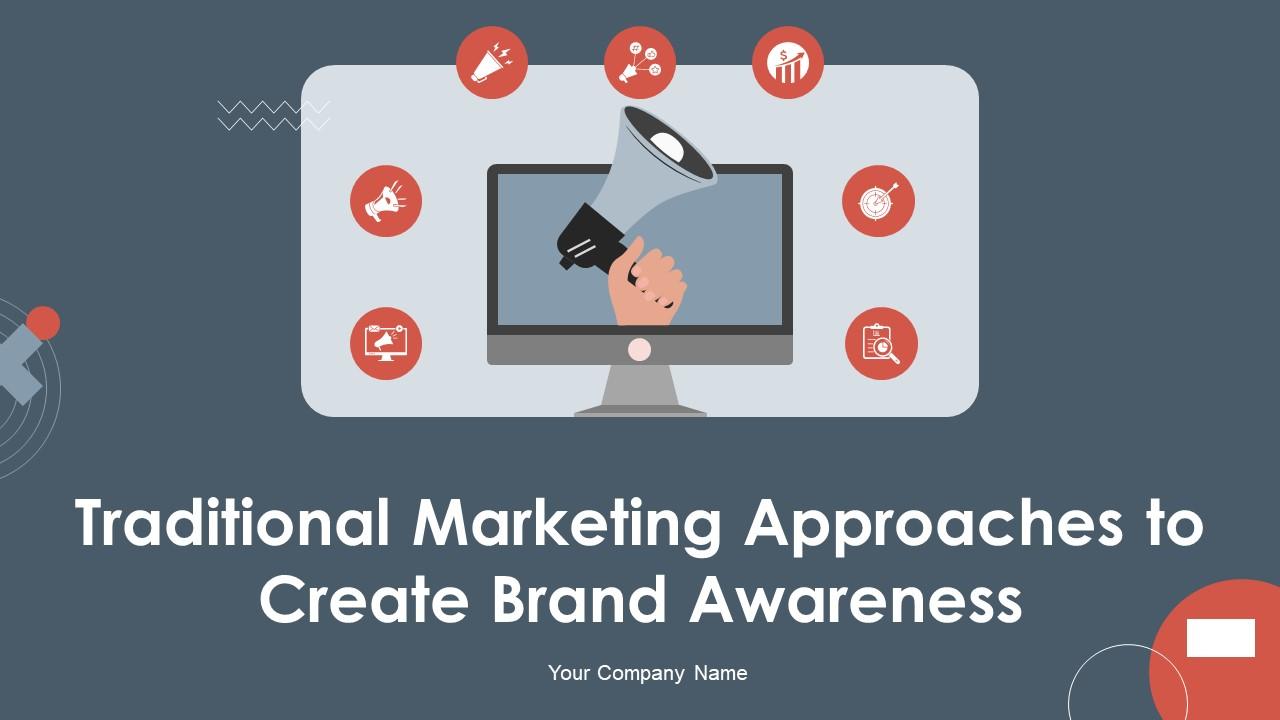In the digital age, traditional marketing remains a powerful tool for businesses looking to connect with their audience. Understanding the fundamentals of traditional marketing is essential for creating effective campaigns that resonate with consumers and drive results. This guide will explore the key components of traditional marketing and how they continue to play a vital role in business success.
1. What is Traditional Marketing?
Traditional marketing refers to promotional activities that occur offline, using channels like print media, broadcast, direct mail, and outdoor advertising. These methods have been used for decades to reach broad audiences and are still highly effective, particularly for certain demographics.
2. Print Advertising
Print advertising includes ads in newspapers, magazines, brochures, and other printed materials. Despite the rise of digital media, print ads remain a powerful tool, especially for reaching older demographics who are more likely to read newspapers and magazines. The tangible nature of print allows for a lasting impact, making it a valuable part of a comprehensive marketing strategy.
3. Broadcast Advertising
Broadcast advertising encompasses television and radio commercials, which have been staples of traditional marketing for decades. These channels offer the ability to reach large audiences with engaging, audio-visual content. Television ads, in particular, can have a significant impact due to their wide reach and ability to convey complex messages.
4. Direct Mail
Direct mail involves sending physical promotional materials, such as postcards, catalogs, or letters, directly to consumers’ mailboxes. This method is highly targeted, allowing businesses to reach specific demographics with personalized messages. Despite the rise of email marketing, direct mail remains effective, particularly for local businesses and older consumers.
5. Outdoor Advertising
Outdoor advertising includes billboards, posters, and signage in high-traffic areas. This form of marketing is highly visible and can reinforce brand awareness through repeated exposure. Outdoor ads are particularly effective in reaching commuters and people on the go, making them ideal for businesses looking to capture attention in busy locations.
6. Event Marketing
Event marketing involves promoting a brand through in-person events, such as trade shows, conferences, and community activities. This approach allows businesses to engage directly with their audience, build relationships, and create memorable experiences. Event marketing can be highly effective for brand building and generating leads.
7. Telemarketing
Telemarketing is the practice of reaching out to potential customers over the phone to promote products or services. While it has a mixed reputation, telemarketing remains an effective tool for certain industries, particularly when targeting business-to-business (B2B) clients. It allows for direct interaction with prospects, providing immediate feedback and the opportunity to address concerns.
8. Understanding Your Target Audience
One of the most critical aspects of traditional marketing is understanding your target audience. Knowing who your customers are, what they value, and where they spend their time allows you to choose the right traditional marketing channels. Market research, including surveys, focus groups, and demographic studies, can provide valuable insights to tailor your marketing efforts.
9. Integrating Traditional and Digital Marketing
In today’s marketing landscape, integrating traditional and digital marketing strategies is essential. Combining the strengths of both approaches can maximize reach and effectiveness. For example, using print ads to drive traffic to a website or social media page, or leveraging TV ads to promote online campaigns, can create a cohesive marketing strategy that covers all bases.
10. Measuring Success in Traditional Marketing
Measuring the success of traditional marketing campaigns is crucial for understanding their impact and optimizing future efforts. While it can be more challenging to track results compared to digital marketing, methods such as unique promotional codes, dedicated phone lines, and customer surveys can provide insights into the effectiveness of traditional marketing tactics.
Conclusion
Understanding the fundamentals of traditional marketing is essential for creating a well-rounded marketing strategy. Despite the rise of digital marketing, traditional methods remain powerful tools for reaching diverse audiences and driving brand awareness. By leveraging print, broadcast, direct mail, and other traditional channels, businesses can create impactful campaigns that resonate with their target audience and achieve long-term success.









